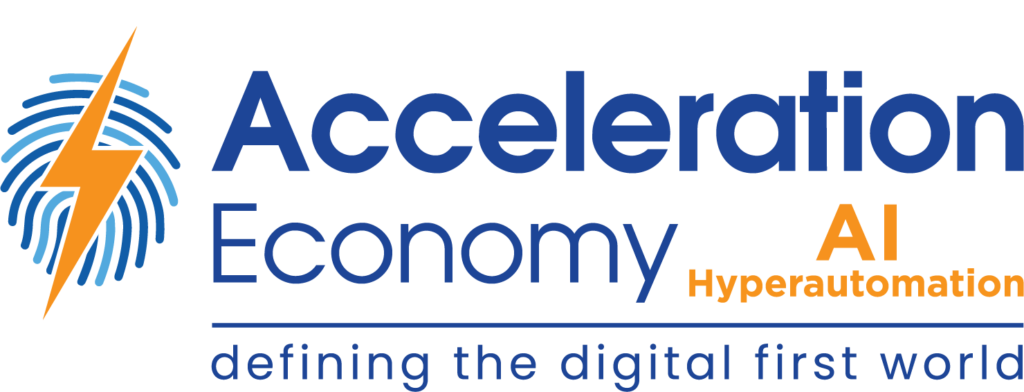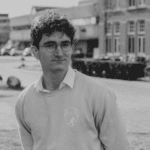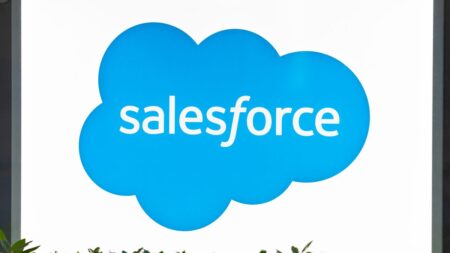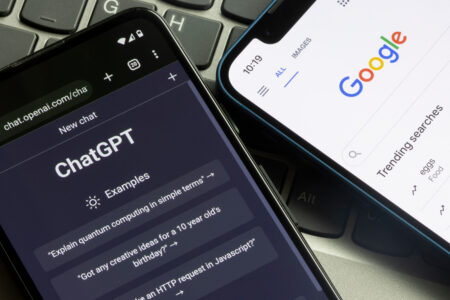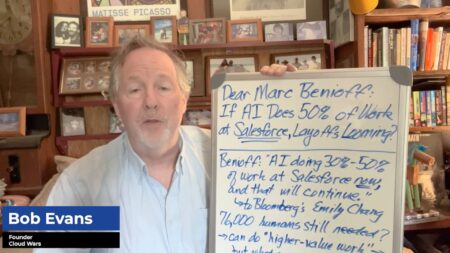Sports have always been a human story. From “Coach Carter” to “The Blind Side,” there’s something invigorating about seeing a fiery coach rally a locker room full of athletes or a single player deciding the fate of the team in a single moment of exceptional performance.
But how do these coaches and players make decisions on the tactics, training, lineups, and strategy leading up to big competitive moments? They rely on experience and intuition pulled from their years in the game. There’s no replacing a brilliant, experienced coach, yet it’s impossible for a single person to summon years and years of sports records from memory when evaluating a player, even if they paint a better picture than the player’s performance in training on a particular morning.
This is where artificial intelligence (AI), machine learning (ML), and data science come in. They have long been used to choose players and decide lineups, as in the movie “Moneyball,” but now they’re able to predict and prevent injuries by examining large amounts of biometric data gathered by sensors placed directly on athletes as they train.
How Sports Teams Are Using ML
Sport-science researchers have discovered that using ML to analyze large data sets of an athlete’s exertion allows them to better predict if and when the athlete might get injured.
Soccer players experience between 2.5 and 9.4 injuries per 1,000 hours of exertion, about one-third of which are from overuse and therefore potentially predictable. Research explored ways to predict these injuries by fitting a sensor package into the clothing of 26 soccer players on an Italian team.
The researchers recorded data such as total distance run; distance run faster than 5.5 meters per second; and the number of high-intensity accelerations and decelerations, all over a course of 900 training sessions in a span of 23 weeks. By relying on a category of ML models called decision trees, the researchers were able to use this data to predict 80% of potential injuries. Certain health issues like sprains that arose only from exertion were even easier to predict and prevent.
Data-based prediction analysis is also being used by the National Football League: injury prediction data helps coaches adjust players’ training schedules and playing time. For example, having discovered the importance of “load management,” or how much physical exertion players go through, the NFL limited how many minutes of practice players could have in their first four days after a long break from training. As a result, the NFL reports a 26% year-over-year decrease in injuries in lower extremities during the first two weeks of a new season.
Limitations to the Data Science
There are limitations to using data science to predict injuries in sports. Certain kinds of ML models, such as deep learning or neural nets, provide more accurate predictions at the cost of transparency. This is the “black box” problem that many organizations are facing when working with advanced AI systems, and it arises when these systems tie inputs to outputs with high certainty but no interpretable reason why, where the predictive “magic” is just thousands upon thousands of optimized parameters.
Coaches need to know why an injury is imminent and what practices to avoid to prevent the injury. Otherwise, the prediction is hard to act on.
Plus, taking data-centric approach is more productive in some sports than others. For example, it’s difficult to automate data training processes for individual sports like figure skating or boxing. The results are less accurate, too, because each athlete is unique and requires their own data set. Team sports can gather biometric data from dozens people instead of one, seeing the effects of certain training practices on a larger set of human bodies.
Some coaches are also hesitant to incorporate the predictions into their decision-making. After all, what happens on the field is ultimately up to the humans involved. Sometimes coaches might decide it’s worth leaving a key player in an important contest, even if they face a 70% risk of injury.
AI Predicts Injuries, Health Issues at Special Olympics
The organizers behind the Special Olympics Abu Dhabi considered the health of the athletes as their number 1 objective. They gave each athlete a smartwatch that streamed Internet of Things (IoT) health and location data to a central dashboard, where medical professionals could observe everyone.
To understand this wealth of data streaming in, the Special Olympics used SAS AI technology to predict when health issues might occur, allowing them to ensure that health personnel and equipment were available in specific locations to deliver care quickly if needed. Yousef Alhammadi, Chief Intelligence Officer of Special Olympics World Games Abu Dhabi 2019, says a total of “1,529 medical incidents occurred during the weeklong event, some of which were serious incidents like seizures and asthma attacks,” in a case study published by SAS. “In some cases, quick response times aided by analytics made the difference between life and death.”
Conclusion
It’s clear how important data and ML have become in sports. Even though technology is more embedded in today’s game, it doesn’t mean that sports can’t continue to portray the human story; technology is just enabling athletes to lead more healthful lives and give an edge to teams hungry for victory.
I always wonder, how well does this predictive power extend to non-athletes? How can we as consumers improve our own health with data? And can the performance-boosting power of ML be applied to other areas like artistic performance, business, the military, or common things like sleep? We’ll continue to explore these questions and deliver insights at the AI/Hyperautomation channel.
Looking for real-world insights into artificial intelligence and hyperautomation? Subscribe to the AI and Hyperautomation channel:






